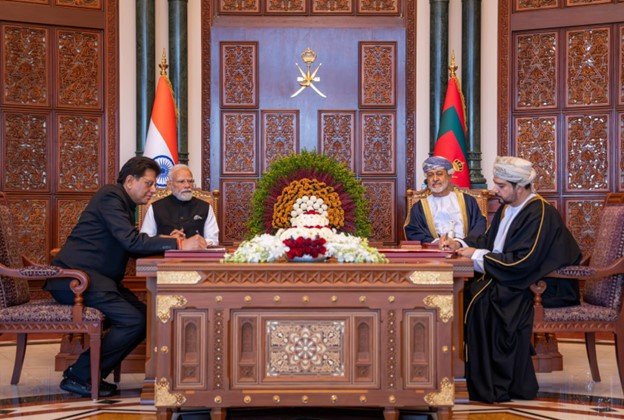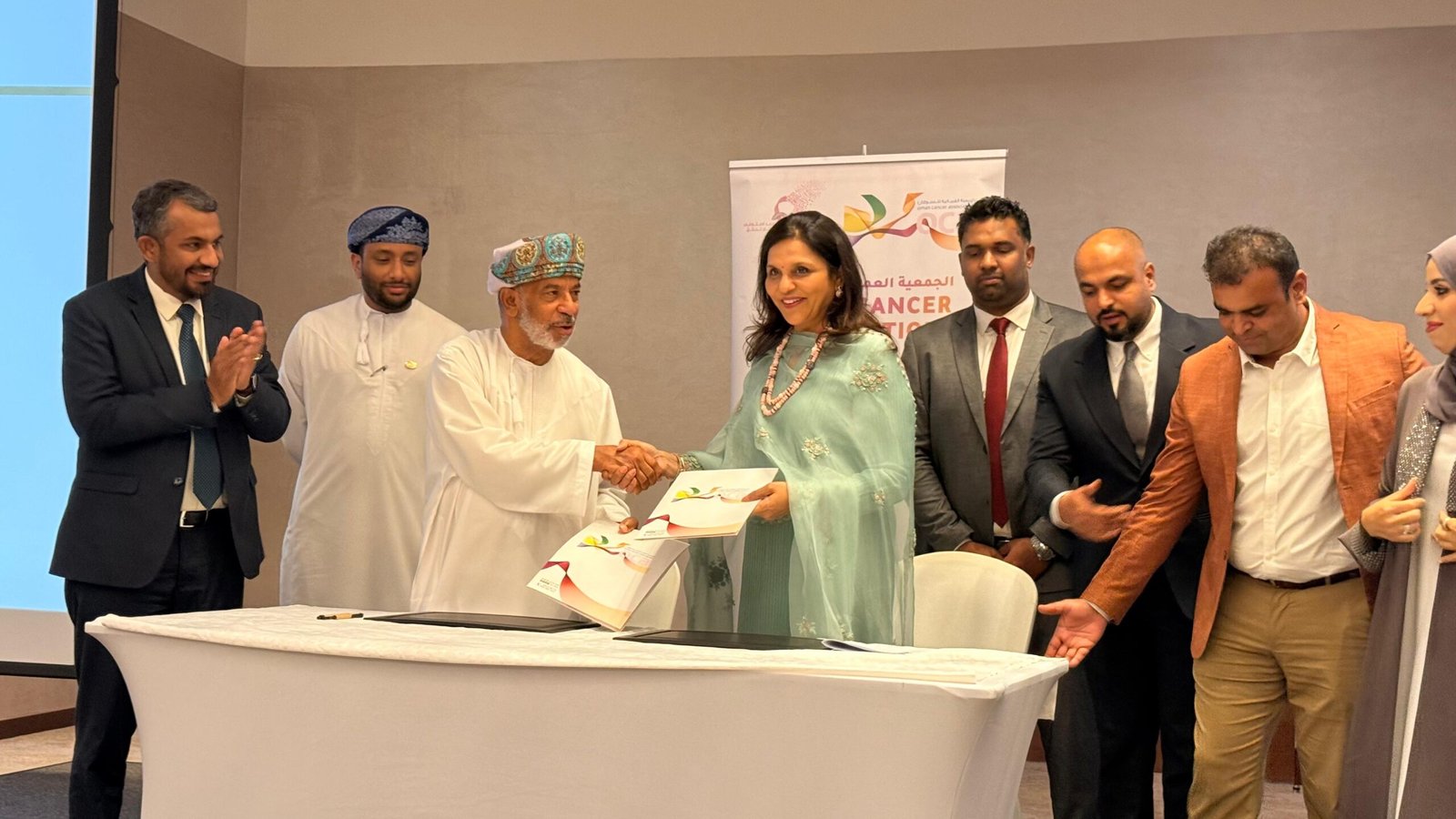Shamsher Dewan, Vice President & Group Head – Corporate Ratings, ICRA Limited commented on Commercial Vehicles, Electric Vehicles, Automotive, Logistics and Airlines after the Union Budget
Commercial Vehicles
In line with expectations, the automobile sector, especially commercial vehicles (CV) would continue to reap the benefits of the Government’s continued thrust on infrastructure development and capital expenditure across sectors. The Government’s Gati Shakti Programme, encompassing thrust on seven different engines of growth including roads, railways, and multi-modal logistics infrastructure augurs well for the demand for CVs, especially Tipper Trucks. In ICRA’s views, the Government’s effort to mobilize funds through multiple avenues, especially Sovereign Green Bonds besides addressing the inherent bottlenecks to ensure faster execution of infrastructure projects by construction companies will be critical for uplifting the sentiments of the construction equipment segment, including tipper trucks.
The medium and heavy commercial vehicle (M&HCV) truck segment, which has witnessed sharp demand contraction over the past two years, will get support from the increased allocation towards the infrastructure sector. Further, the Government’s focus on climate change and clean mobility through plans to introduce battery swapping policy and standardization of charging infrastructure norms also augur well towards enhancing the penetration of electric buses in key cities.
Electric Vehicles
The government focus on promoting electric vehicles, as a means of transportation in the country, was reiterated in the budget. In addition to existing financial incentives under the FAME-II scheme to boost demand and the PLI Schemes for ACC and auto segment focused on EVs and other alternative energy technologies, the Finance minister in the budget announced plans to implement a battery swapping policy and formalize interoperability standards. If implemented efficiently, the same is likely to go a long way in reducing range anxiety with regards to EV adoption while also aiding economies of scale in battery production. The Finance minister also announced plans to further the push for EV penetration in public transport and create special mobility zones for EVs, which should also spur EV demand. In addition, the inclusion of energy storage in the harmonised List of Infrastructure will facilitate cheaper financing availability to EV battery makers.
Automotive
The Government’s continued focus on rural development and farmer welfare in the budget augurs well to uplift rural sentiments, and thereby remains positive for the tractor and two-wheeler segment. The allocation of Rs. 20,000 crore for road infrastructure projects, is likely to lead to a spillover demand for commercial vehicles and would be a positive for the segment. The plans to implement a battery swapping policy and formalize interoperability standards, if implemented efficiently, are likely to go a long way in reducing range anxiety with regards to EV adoption while also aiding economies of scale in battery production. The Finance minister also announced plans to further the push for EV penetration in public transport and create special mobility zones for EVs, which should also spur EV demand.
Logistics Sector
PM Gati Shakti Masterplan is expected to provide much needed impetus to the Logistics sector, by enabling higher integration for all modes of transport, thereby improving India’s cost competitiveness globally. It is a transformative approach towards facilitating faster movement of goods and includes 7 engines i.e. roads, railways, ports, airports, mass transport, waterways and logistics infrastructure. The multi-modal connectivity to provide seamless connectivity for movement of goods and services from one mode of transport to another. It is also expected to reduce time and facilitate the last mile connectivity of infrastructure through Rs. 20,000 crore financed by the government to speed up this project. To strengthen the road logistics and supply chain, expressways are expected to be extended by more than 25000km and four multi-modal national parks contracts will be awarded in FY2023. Further, eight remote connectivity roadway projects for over 60 kms to be awarded in FY2022 and FY2023 through PPP mode to enable trade facilitation as well as job creation. Under the Gati Shakti Plan, Railway logistics will also get a boost with development of 100 Cargo Terminals in the next few years, and 400 new generation Vande Bharat trains. It also aims at developing efficient logistics for small farmers & enterprises and ‘One station, one product’ concept facilitating supply chain of local products. Further, the focus is also towards developing a unified logistics interface platform to automate and digitalise logistics paperwork. Unified Logistics Interface Platform will enable efficient movement of goods, assist Just-In-Time inventory management, reduce logistics costs and time, and eliminate tedious documentation.
Airlines
Given airports being an integral part of PM-Gati Shakti, which is expected to further integrate all modes of transport, the aviation sector to get a fair share of the outlay /investment lined up under this umbrella scheme. Further there was an announcement on E passports, to be rolled out to enhance convenience of travel for passengers, which in turn is expected to boost international travel.
“The Union Budget 2022-23 has made a strong push for infrastructure-led growth in the country, with capital outlay for infrastructure projects raised by 35% in FY2023. Investments centered around the Gati Shakti Master Plan in core sectors like Railways, Roadways, Multimodal Logistics Parks, and Energy, which has the potential for spurring demand for metals, have seen a healthy increase across the board. Cumulative allocation to flagship schemes like PMAY and Jal Jeevan Mission has been increased by 39.3% year-on-year, which is a positive for long steel and pipe manufacturers. Moreover, focus on Atmanirbharta, especially in Defence and Solar Module manufacturing, remain incremental positives for domestic steel demand. On the raw material side, the extension of customs duty waiver on ferrous scrap in FY2023 is a welcome development for secondary steel manufacturers. However, withdrawal of ADD/CVD protection on certain stainless steel and coated steel products remain the only negatives that have been announced today.”
************************************************************************
Readers








